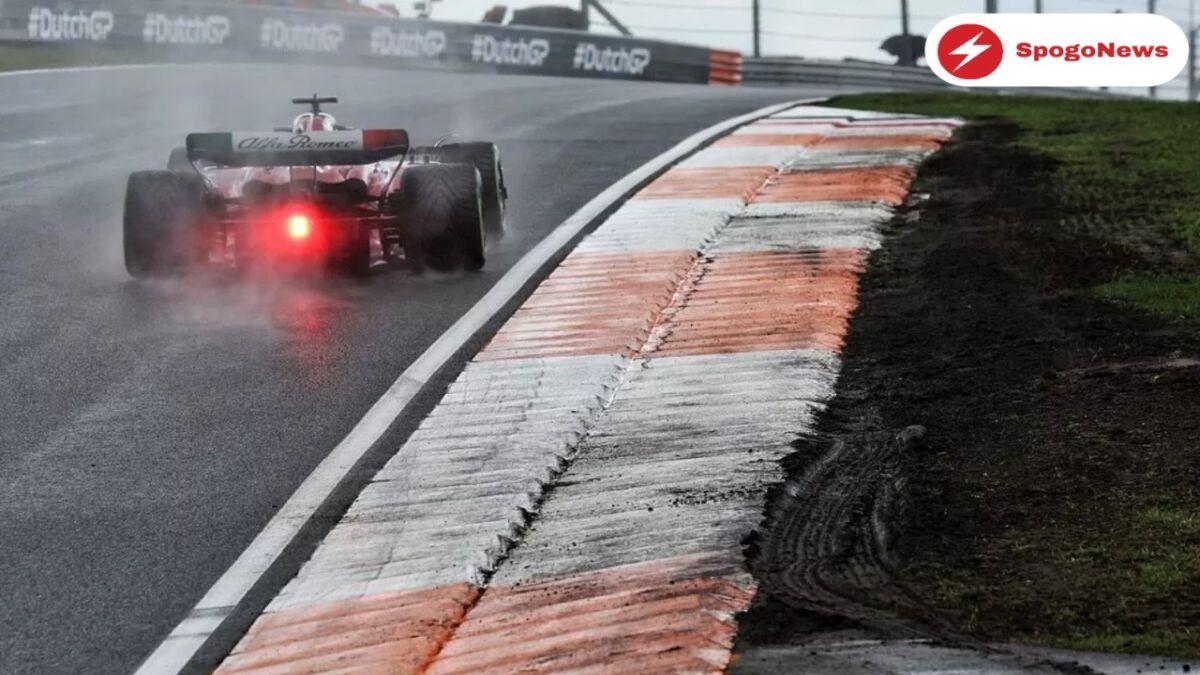(Motorsports news) The results of a first idea trial at Silverstone in July fell short of expectations, with the wheel-fairings utilized only slightly lowering the spray released. F1 executives are aware that a considerably larger effort is necessary to reduce spray to the point where cars can race more in the rain.
Following study of what transpired at Silverstone, the FIA’s single seater director Nikolas Tombazis has stated that the next test will feature a very different design. “What was done at Silverstone, with the help of Mercedes who created parts and McLaren who ran a car to get feedback on spray was perhaps a bit too optimistic experiment,” Tombazis.
Too little of the wheel was covered by the spray protectors. I had a lot of doubts and thought the outcomes wouldn’t be significant. The total coverage of the wheel will be tested in the upcoming experiments, going even further than is necessary to determine the threshold at which the spray occurs. After that, we shall choose our course of action.
Tombazis noted how challenging it is to find a remedy because the excessive spray released by F1 cars is caused by a variety of causes. He stated, “The first is from the water that is thrown upward from the tyres. “A second effect results from the buildup of water that is drawn into the diffuser between the wheel and the asphalt at the tyre squirt area (between the wheel and floor edge).
The third effect is provided by water that collects in ground fissures and is pulled up and ejected under the pressure of the diffuser. “We think that the spray coming from the wheels corresponds to about 40% of the total,” he continued.
“It is clear that the drivers would not have complete visibility, but there would be a significant improvement if we were able to limit this phenomenon,” the researcher said. Tombazis claims that in order to ensure safety, the FIA has been looking at methods used by the road car industry to replicate wet weather conditions.
“We’ve run some simulations, and there are some tools that are frequently used in the production car industry (like checking rear view mirror visibility), but these tools need to be calibrated properly to have a good correlation,” said the researcher.
“The car manufacturers conduct very thorough calibration, and because they are not subject to testing regulations or have to deal with the FIA, which sets restrictions, they are free to act. It is difficult to locate the proper calibrations with our limited activity because we are unable to conduct frequent tests.
Aerodynamics is one of the factors at play with a larger wheel covering since it will have a far greater impact on airflow than the initial test versions. Tombazis claims that while the FIA is aware of the effects any device may have on this front, eventually all teams would suffer the same loss.
“The downforce deterioration can vary greatly,” he observed. “In some setups we tried, it was nearly nothing, but in the most severe setups we tested in a tunnel, we saw a loss of up to 80 points, which can be worth two or three seconds in lap time.
However, although the teams are undoubtedly keeping an eye on the performance threshold, we truly don’t care about it. The tested solution had the least amount of aerodynamic impact during the Silverstone test. F1 CEO Stefano Domenicali recently said that reducing the quantity of water the diffuser throws out was another concept being considered to lessen spray guards.
Although Tombazis has disallowed meddling with certain design elements in the tyre squirt region, some concealment may be feasible. The teams would have to put in a lot of effort, he said. “Ideally, we would like to act with a solution that is only applied during wet monsoons, which may only occur once or twice a year. “We would rather not have to interact with the machines. There may be further suggestions for the 2026 regulations.
Also read: Norris elaborates on how the modern F1 vehicles exacerbate back problems










